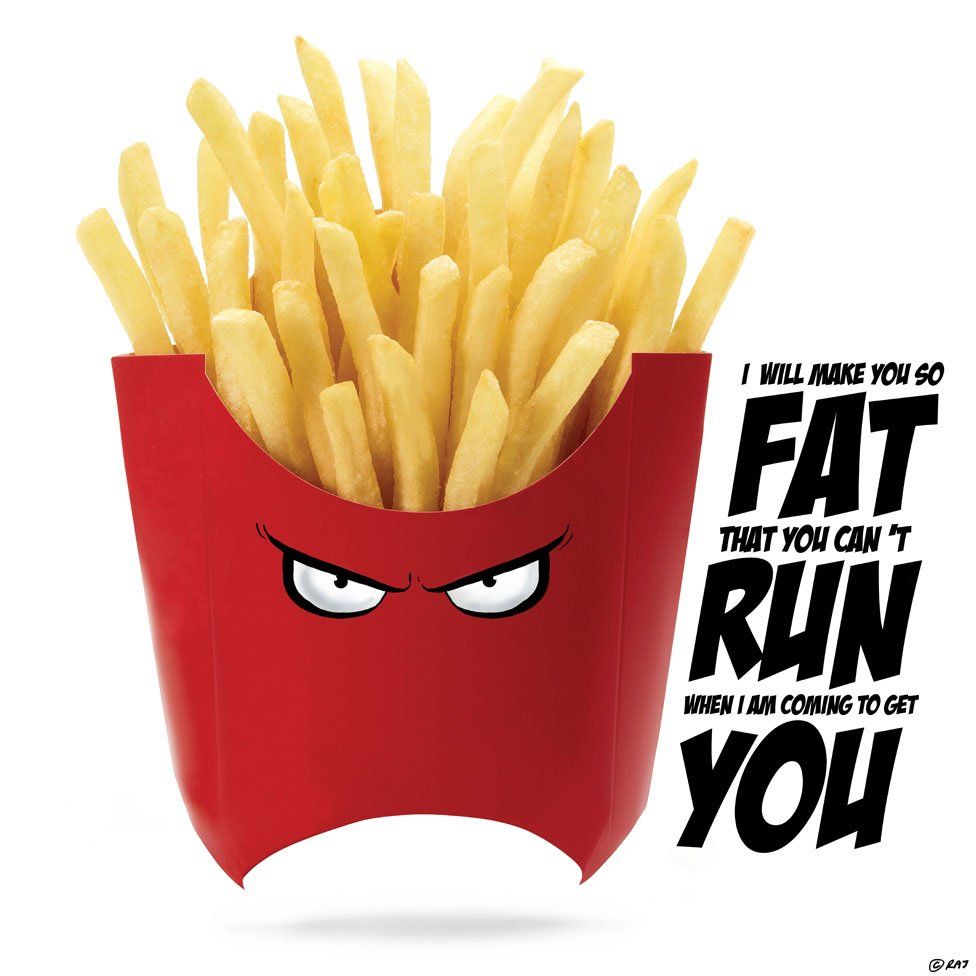India's 'superhero snacks'
- Published

Indians love their snacks, and now an Indian artist has created a series of drawings where popular snacks from across the country are depicted as superheroes.
Delhi-based artist Rajkamal Aich told the BBC he chose popular items like samosa, jalebi and laddoo because food is a "conversation starter" and is among the few things that unite the diverse country of 1.2 billion people.
"Every state has something unique to offer when it comes to food, but they are all Indian - like rasgulla which is unique to Bengal, but it's enjoyed everywhere; or, dhokla which is from Gujarat but is loved in other parts of the country too," he says.
For each drawing, Mr Aich created rather complex stories in his head where these humble food items come to the aid of the weak and fight for the underdogs.
The stories, he says, are all rooted in the present-day Indian reality and are peopled by those who inhabit the country.
Misti-doi - or sweet yogurt - is a traditional Bengali sweet that is hugely popular in Calcutta, the city where Mr Aich was born and grew up. Misti-Doi Man is a government clerk who has an abusive boss and a bossy wife.
"One day, he is sitting on the banks of the Hooghly river, contemplating suicide, when a vendor sells him some misti-doi. He eats it and discovers his inner strength and his life improves from then on," says Mr Aich.
The perfectly rounded, yellow laddoo is perhaps India's most popular sweet and the birth of a child or a wedding celebration is incomplete without a box of laddoos.
Mr Aich's Laddoo Boy is a child labourer who works in a sweet shop. "He is exploited and abused by the shop-owner regularly until one day, he realises he has superpowers and he becomes a vigilante who fights to protect and get justice for the underdog."
India's favourite snack samosa is a deep-fried savoury pastry with spicy fillings of potatoes, peas, lentils or even meat.
Mr Aich says Samosa Boy is based on the real character of Chotu Lal, "a friend from the eastern state of Bihar who loves samosas so much that he can eat 10 of them in one go".
Mr Aich says his German girlfriend "freaks out" on the sugary-syrupy knotty jalebi, which is also the artists's favourite sweet.
The character of Jalebi Woman is inspired by a "sweet, college girl" who is frustrated because she is "eve-teased" by men. "One day she eats a jalebi which gives her enough power and energy to fight against harassment and injustice."
Idlii Man is based on the most popular south Indian breakfast snack idli. "I drew him because I have a friend from [the southern state of] Kerala who lives in the north and always talks about idlis. He says they make the best snack," Mr Aich says.
The Idlii Man's handlebar moustache is inspired by Veerappan, notorious bandit, poacher and sandalwood smuggler who was shot dead by the police in 2004. Veerappan operated in the forests of Tamil Nadu and Karnataka - the two southern states where idlis are a staple.
Bhaja Mukho - or, The Fried Face - is inspired by Indians' fondness for all things fried, says Mr Aich.
"It's about a boy who works in a local food stall who likes to 'steal' the crunchy, fried bits of the samosa while leaving the rest of the pastry for others. It's something a lot of people we know do, so I decided to draw him like this."
In the Bengali Vampire, Mr Aich, himself a Bengali, makes fun of his community's fondness for sweets, especially the juicy rasgulla.
"The Bengali Vampire is a sweetshop owner in the city of Calcutta who, instead of drinking blood, sucks out sugar syrup from the rasgulla. He goes around the city at night, sucking syrup from all the rasgullas which is every Bengali's favourite sweet."
Vada pao, often called the Indian burger, is made by inserting a vegetable patty between two buns and garnishing it with spicy green chutney and has traditionally been the most popular snack in the western city of Mumbai.
But in recent years, the humble vada pao has been facing stiff competition from international burger chains like McDonald's which are preferred by India's children now.
Through his art, Mr Aich wants to wean away Indians who have begun to favour Western junk food over traditional Indian snack. So here, a vada pao man questions whether one becomes "cool" by replacing pao with bread.